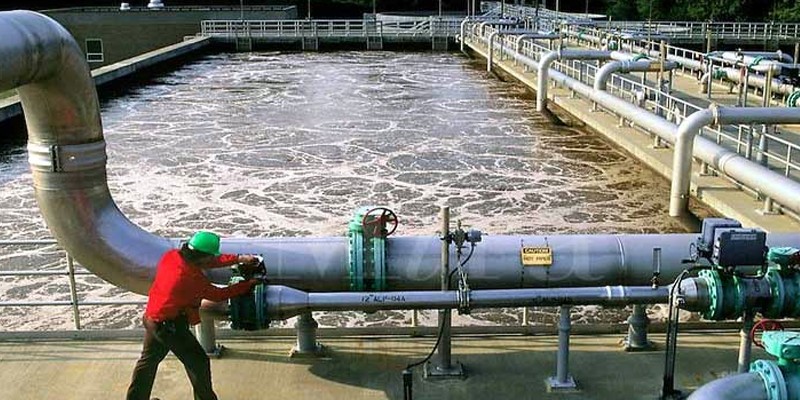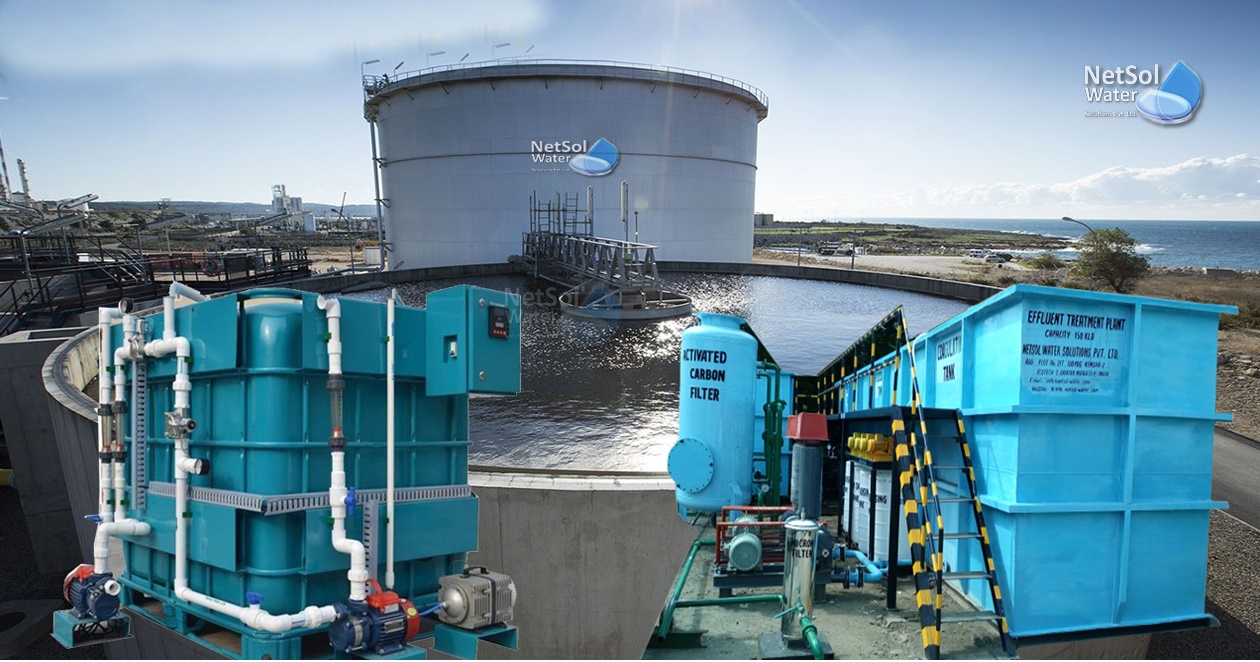STP-WTP
STP - Sewage Treatment Plant
A Sewage Treatment Plant (STP) is a facility designed to treat and process wastewater (sewage) from residential, commercial, and industrial sources. The purpose is to remove contaminants, pollutants, and impurities, making the water safe for release back into the environment or for reuse.
Key Processes in STP:
- Preliminary Treatment: Removal of large debris and solids using screens and grit chambers.
- Primary Treatment: Sedimentation of suspended solids in large tanks to remove a significant portion of organic matter.
- Secondary Treatment: Biological treatment using microorganisms to break down organic pollutants in aeration tanks.
- Tertiary Treatment: Additional filtration and chemical processes to remove any remaining contaminants.
- Sludge Treatment: Processing and disposal or reuse of the sludge generated during treatment.
WTP - Water Treatment Plant
A Water Treatment Plant (WTP) is a facility where water is treated to remove impurities and contaminants to make it safe for consumption and other uses. The primary goal is to improve the quality of raw water (often from rivers, lakes, or groundwater) and meet health standards for drinking water.
Key Processes in WTP:
- Coagulation and Flocculation: Adding chemicals to water that bind to particles, forming larger particles (flocs) for easy removal.
- Sedimentation: Allowing flocs to settle at the bottom of a tank.
- Filtration: Removing remaining particles through filters (sand, activated carbon, etc.).
- Disinfection: Using chlorine or UV light to kill harmful pathogens and bacteria.
- Post-treatment: Adjusting the water's pH or adding chemicals for taste and odor control.
Interactively revolutionize intuitive collaboration and idea-sharing through high-quality models. Credibly e-enable e-business materials with competitive products. Enthusiastically extend unique leadership before timely users.
Features and Details
STP - Sewage Treatment Plant Specifications
- Capacity: Varies from small (up to 1,000 KLD) to large (over 100,000 KLD) based on application.
- Input Water Quality: Typically contains suspended solids, organic matter, oils, fats, and biodegradable pollutants.
- Treatment Process: Combination of physical, chemical, and biological methods including coagulation, flocculation, sedimentation, filtration, and biological treatment.
- Power Consumption: Low power requirement depending on the type of technology used.
- Discharge Quality: Treated water meets the regulatory standards for discharge into the environment or for reuse in non-potable applications.
- Sludge Handling: Sludge produced is dewatered, stabilized, and disposed of or converted into biogas.
WTP - Water Treatment Plant Specifications
- Capacity: Ranges from small-scale (100,000 liters/day) to large-scale (>100 million liters/day).
- Input Water Quality: Can include surface water (rivers, lakes), groundwater, or municipal water, often containing suspended solids, microbes, dissolved chemicals, and organic matter.
- Treatment Processes: Coagulation, flocculation, sedimentation, filtration (sand, activated carbon), disinfection (chlorination, UV treatment), and sometimes reverse osmosis for advanced filtration.
- Power Consumption: Varies based on treatment capacity and the complexity of the treatment process.
- Output Quality: Clean water that meets drinking water standards or quality for industrial and commercial uses.
- Automation: Equipped with automated control systems for monitoring, adjusting flow rates, and controlling chemical dosing.





